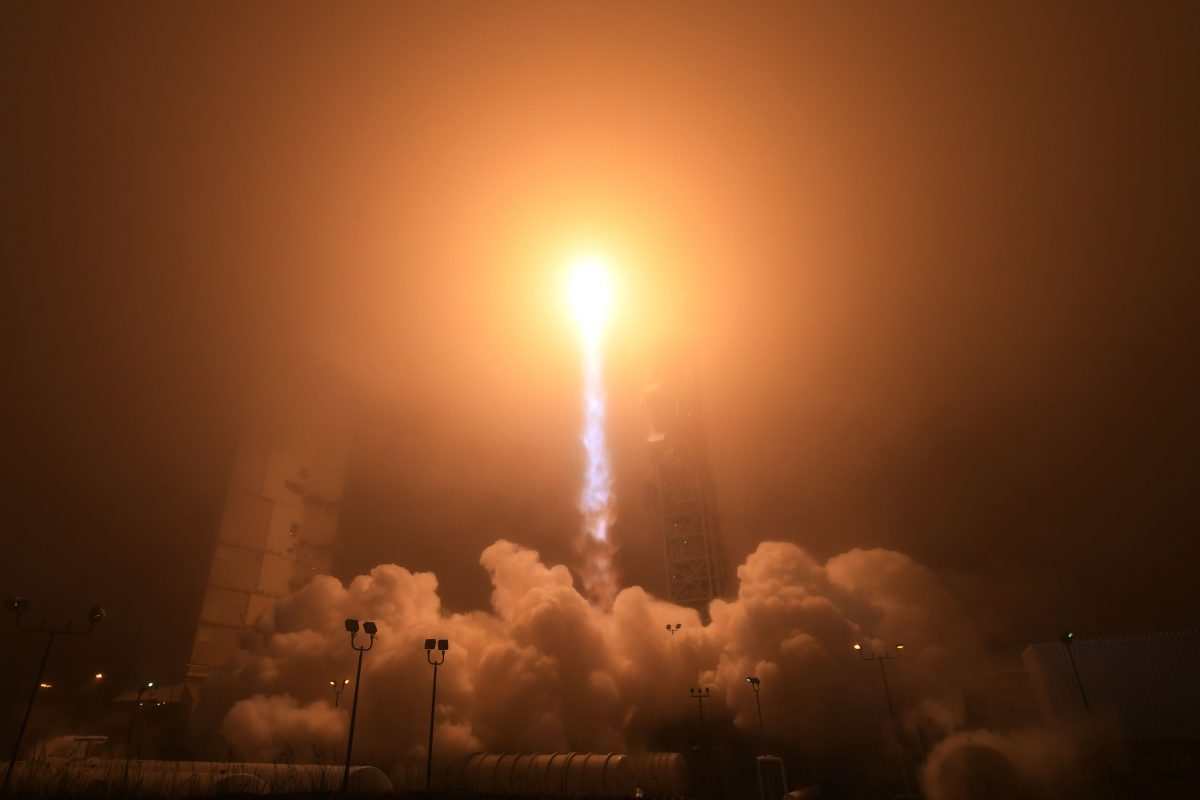NASA Launches InSight Mission to Mars
The launch kicks off a six-month journey to the Red Planet

NASA successfully launched their InSight lander from Vandenberg Air Force Base in California this morning. About an hour later, the lander successfully separated from the upper stage of its Atlas V rocket, continuing its six-month journey to Mars. The InSight, which is short for for Interior Exploration using Seismic Investigations, Geodesy and Heat Transport, is expected to touch down in November, joining five other NASA spacecraft on or orbiting around Mars.
LIFTOFF! Humanity’s next mission to Mars has left the pad! @NASAInSight heads into space for a ~6 month journey to Mars where it will take the planet’s vital signs and help us understand how rocky planets formed. Watch: https://t.co/SA1B0Dglms pic.twitter.com/wBqFc47L5p
— NASA (@NASA) May 5, 2018
NASA describes the mission as, “seek[ing] the fingerprints of the processes that formed the rocky planets of the solar system, more than 4 billion years ago. It measures the planet’s “vital signs:” its “pulse” (seismology), “temperature” (heat flow) and “reflexes” (precision tracking).” The mission is expected to last two years.
The 790-pound probe does not have wheels, so it will function as a lander instead of a rover. InSight is equipped with a a 7.8-foot-long robotic arm, which will place a seismometer on the planet to detect “marsquakes”. The InSight will also drill 10-16 feet below the Red Planet’s crust to find out more geological information about the formation of the planet. The mission’s principal investigator, Bruce Banerdt, discussed the $813.8 million dollar mission to study Mars’s interior, saying:
“We have mapped the surface of the entire planet in terms of visible features, topography, gravity and magnetic fields,” he said. “We have studied the atmosphere, both globally and at the surface. We have roved around the surface at four different places, studying the geology and piecing together the history of the surface. But until now, the vast regions of the planet deeper than a few miles, or so, (have) been almost completely unknown to us…InSight will change that with a single stroke.”
Joining the InSight on its journey are two small suitecase-sized satellites, known as cubesats, which will orbit the planet, relaying information from the lander back to NASA. The cubesats have been nick-named “Wall-E” and “Eva”, because they use a compressed gas commonly found in fire extinguishers to push themselves through space, the same way Wall-E did in the 2008 Pixar film.
(via NPR, image: ROBYN BECK/AFP/Getty Images)
Want more stories like this? Become a subscriber and support the site!
—The Mary Sue has a strict comment policy that forbids, but is not limited to, personal insults toward anyone, hate speech, and trolling.—
Have a tip we should know? tips@themarysue.com